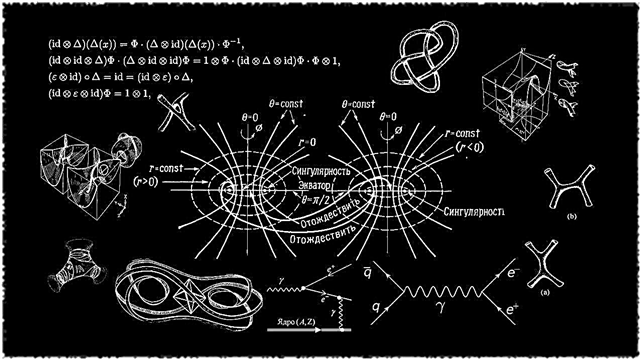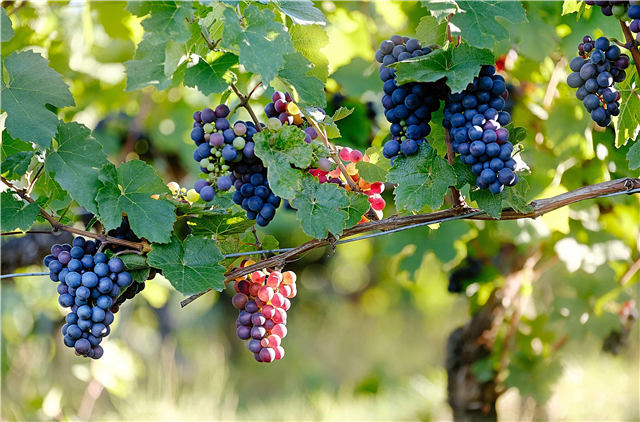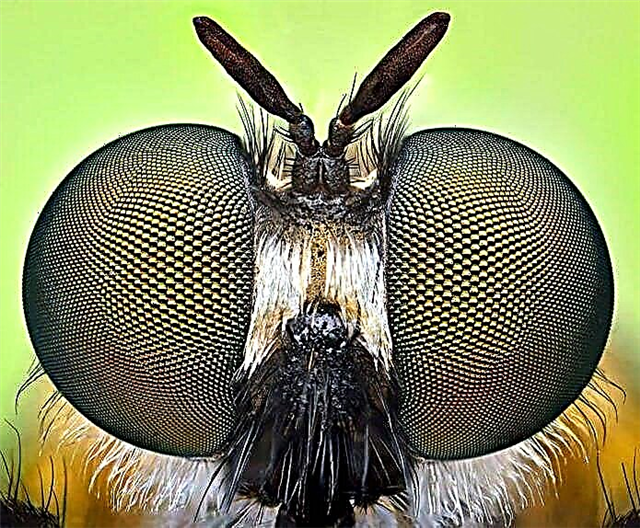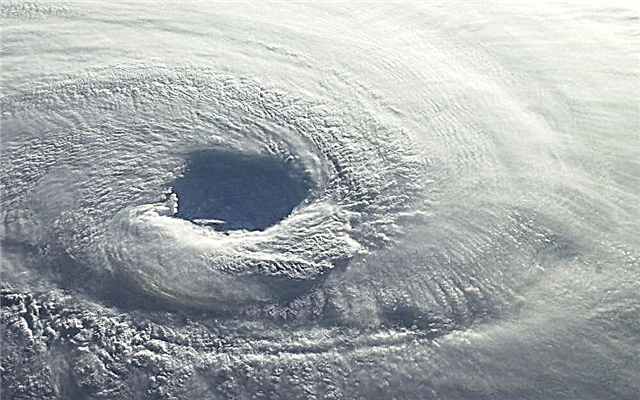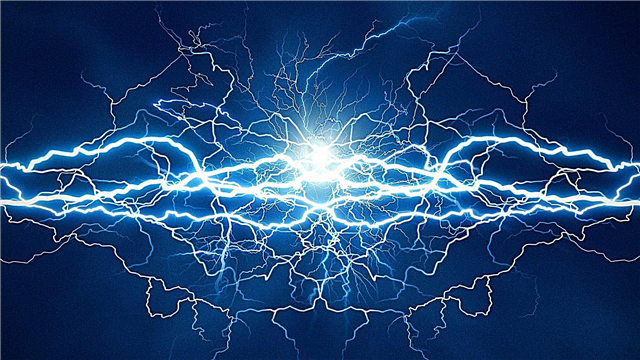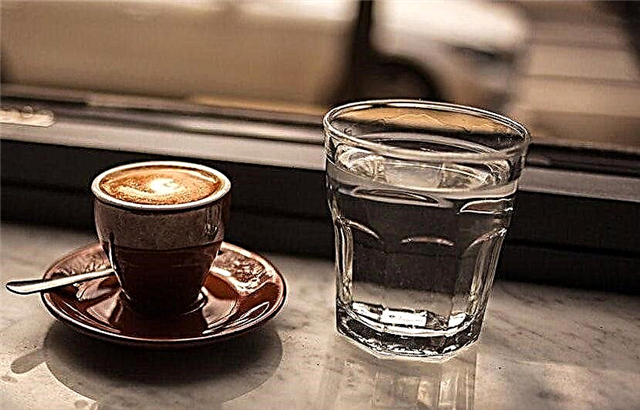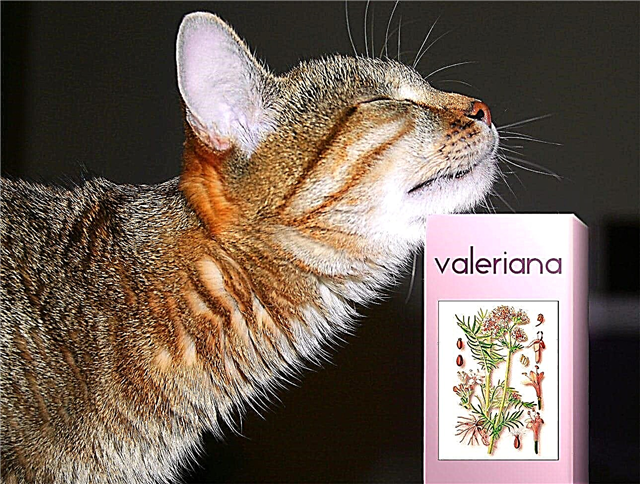
What do you think is common between water droplets adhering to glass, insects walking on water, and icicles hanging in the winter from the eaves of your house? Like people in a crowd, liquid molecules, and therefore water, are closely pressed together, paving their way.
Why does water form drops?

It is this property that allows the liquid to fill all the corners and gaps in the tank where it is poured. Although the molecules of liquids move relative to each other more freely than the molecules of solids, but still they are not absolutely free, but attracted to each other. Water molecules are not so closely connected, as, for example, honey molecules. Therefore, honey is not as fluid as water, but is a dense, thick, syrupy liquid. If soap is added to the water, then the surface tension of the water decreases.
Mutual attraction and surface
Since liquid molecules experience mutual attraction, liquids, like solids, form surfaces. In contrast, gas molecules, without experiencing mutual attraction, scatter in all directions. The force of attraction that holds water molecules together on its surface is called surface tension. Surface tension is the force that allows some insects to walk on water like on the ground without soaking their paws.
Their bodies are very light and surface tension keeps such insects on the surface, preventing them from plunging into water.The surface tension gives small portions of water the shape of round droplets. Water molecules are attracted to each other, but do not experience attraction from the molecules of the surrounding air. Therefore, small "pieces" of water form droplets of spherical shape.
Why do drops form on the glass?
When you drink, a glass of water, the remaining drops stick to the walls of the glass and do not leak out, even if the glass remains upside down for a long time, because water molecules are not attracted by air molecules, but they are very well attracted by glass molecules. Large drops, in the end, under the influence of gravity flow down. But small and light drops stubbornly remain in place. The molecules of glass hold water molecules in their strong electric arms.

Indeed, their mutual attraction is so great that water in a wet glass is often distributed in a thin layer on the surface of the glass without forming drops. If you try to shake off this water, it drains to the edge of the glass and lingers there, unable to part with your beloved glass. Water is not able to adhere only to certain surfaces. For example, if you sprinkle a little water on wax paper, then the water will collect in drops and slide without a trace from the waxed surface.
Interesting fact: surface tension allows some insects to walk on water.
There is only one way to pour all the water out of a glass without a trace: add a little soap to the water. Soaps and other detergents - detergents - reduce the surface tension of water.When washing laundry detergents prevent water from wetting the surface of the fabric, so the fabric is soaked through with a washing solution. Together with water, a detergent penetrates into the fabric. If you wash the glass with soapy water, then a few drops will stick to the walls. Most of the water, along with soap, will pour out of a glass.

